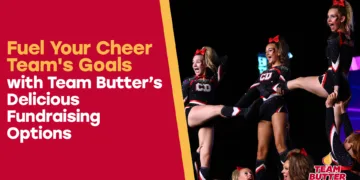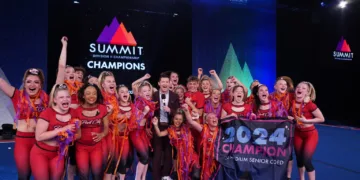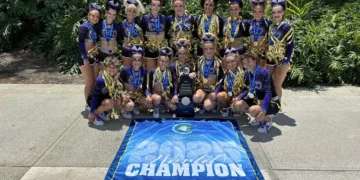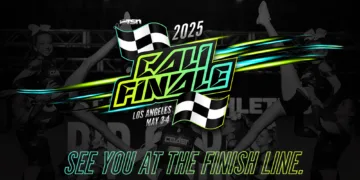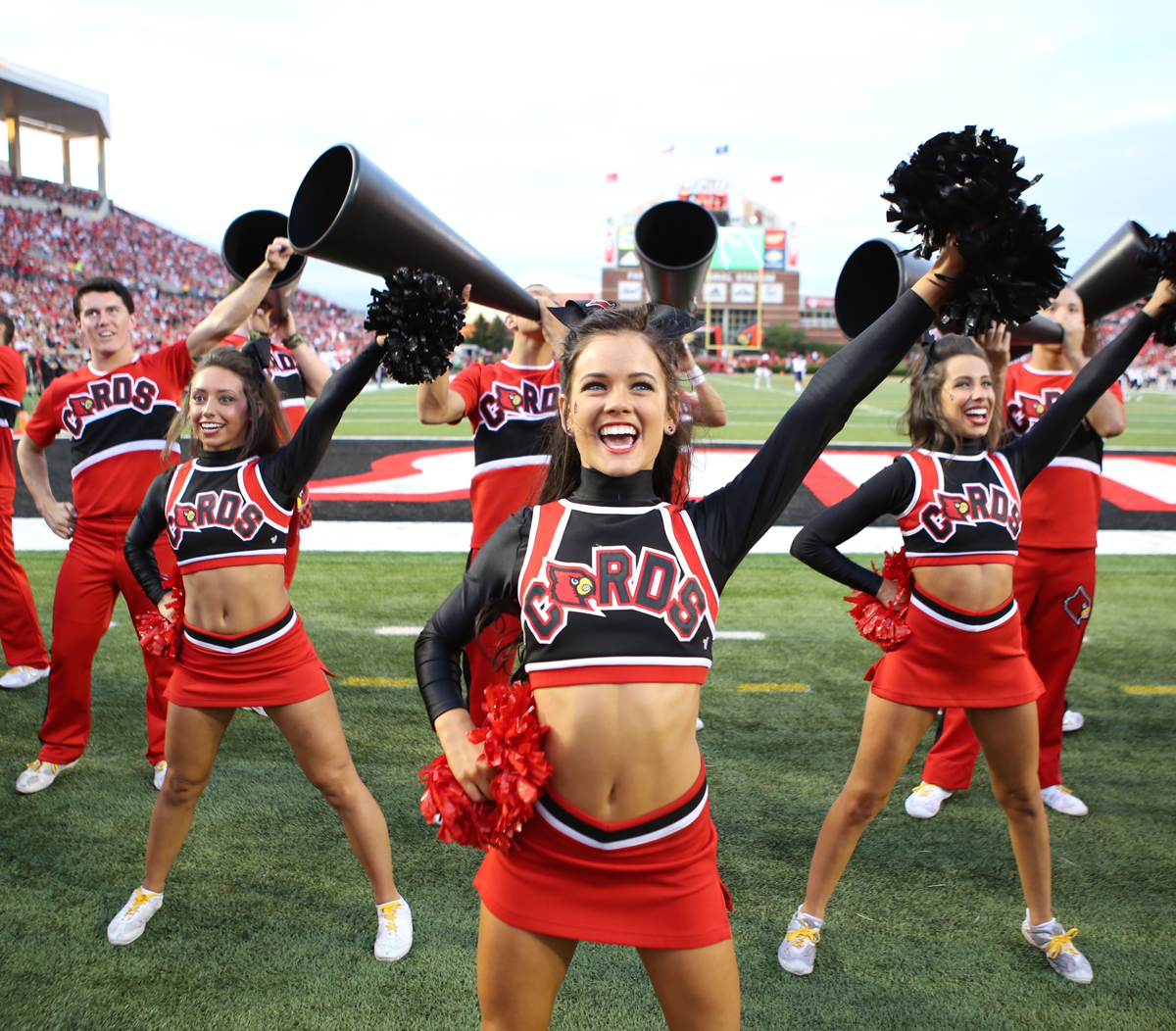The whirlwind of campus visits are behind you.
You’ve navigated the tryout clinics and committed the fight song to heart.
Congratulations on securing a spot on your college cheerleading team!
Your years of competition and dedication have led to this moment. But, are you ready for what’s next?
Soon, you’ll transition from the all-star cheer world to collegiate cheerleading, bringing its own set of challenges and responsibilities.
Prepare for intensified practice sessions, rigorous conditioning, high-profile college events, and the art of juggling academics with cheer.
Every college team requires a summer conditioning program. Outside of regular practice, conditioning is vital. The schedule of your college’s summer camp sets your check-in date. This period helps prepare you and your team for the season ahead.
Amber Pellegrini, a freshman at Davenport University and ex-Pittsburgh Superstars member, says, “We had two-week 8-hour daily camps preparing for the NCA camp. Gym workouts and miles of running were standard.” But summer isn’t just physical training—it’s also for learning sideline routines and diving into campus traditions. Alexa Wiggins of the University of Louisville advises, “Keep an open mind, particularly when learning new routines. Collegiate coaches value adaptability.”
Even before classes start, the cheer team takes on many responsibilities. As university ambassadors, you represent and welcome fellow students. Courtney Fernandez, from Methodist University, shares, “I found myself guiding other freshmen during Orientation. It dawned on me – they were my peers.” Molly Michaluk of Louisville says, “As a collegiate cheerleader, you’re consistently a school representative.” Wiggins adds the importance of being well-informed about your university.
Balancing practices, games, and academics is crucial. Pellegrini states, “We practice 3 hours a day, 4 times a week.” Fernandez highlights the challenge of time management, emphasizing the importance of academic commitment. Colleges often have GPA requirements for team involvement.
Game days bring unmatched enthusiasm. Wiggins mentions her newfound passion for the sport on game days, while Pellegrini enjoys the sideline cheer’s energy. Game day cheer demands precision and crowd interaction skills. Michaluk stresses the importance of crowd engagement, often overlooked in all-star training.
A notable shift from all-star to collegiate cheer is moving from spring to dead floors. Pellegrini shares her struggle to adapt, echoed by Michaluk and Wiggins.
For teams competing nationally, the journey includes more responsibilities. Juggling competitions, sideline duties, and academics can be tough. Fernandez advises mastering balance before national-level additions.
Wiggins stresses prioritizing health, given the intense demands. Collegiate cheer’s path is challenging, but rewarding. Michaluk reflects on the difference between all-star and collegiate cheer’s essence.
After four years at Louisville, Wiggins concludes: “Winning Daytona and Worlds was thrilling, but friendships and memories outshine championship rings. Cherish every moment.”






